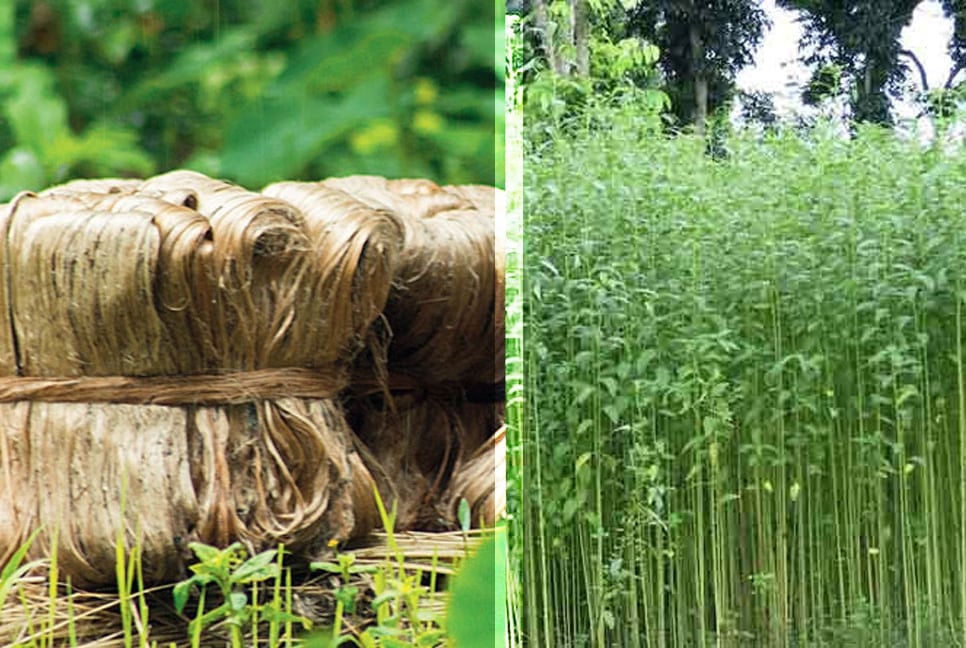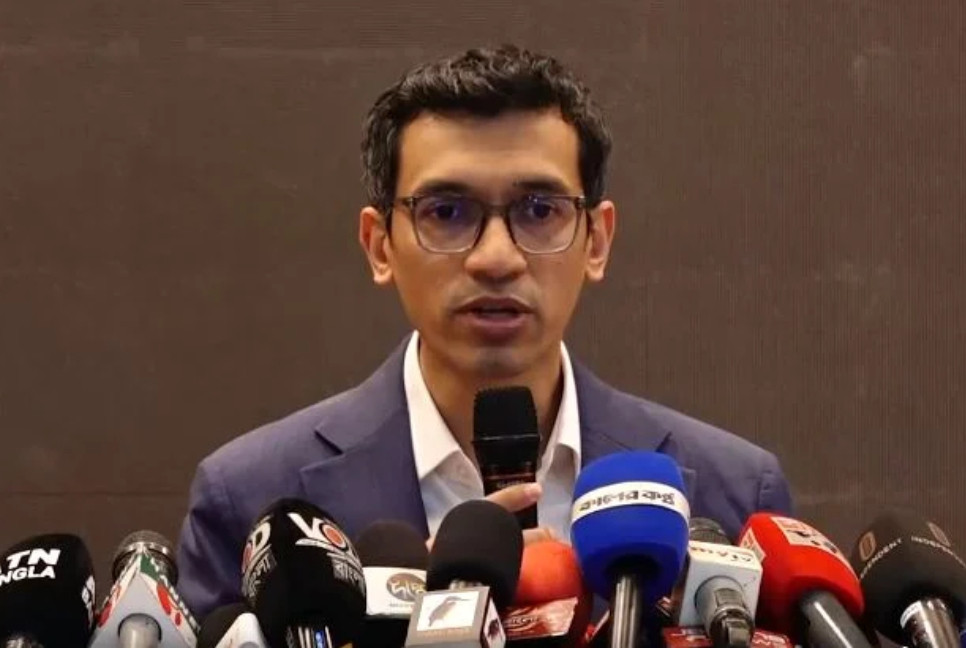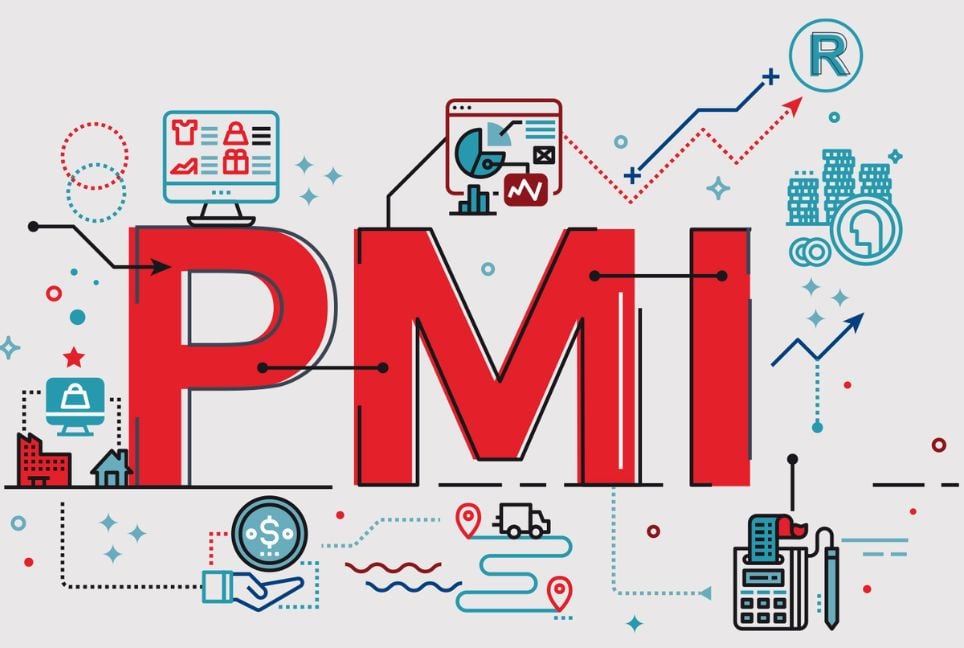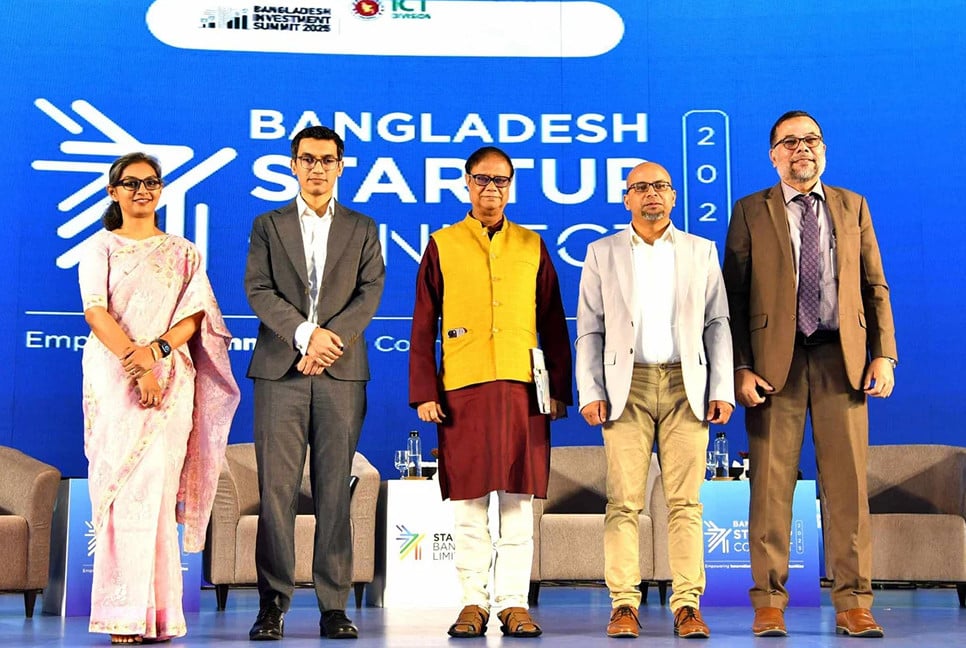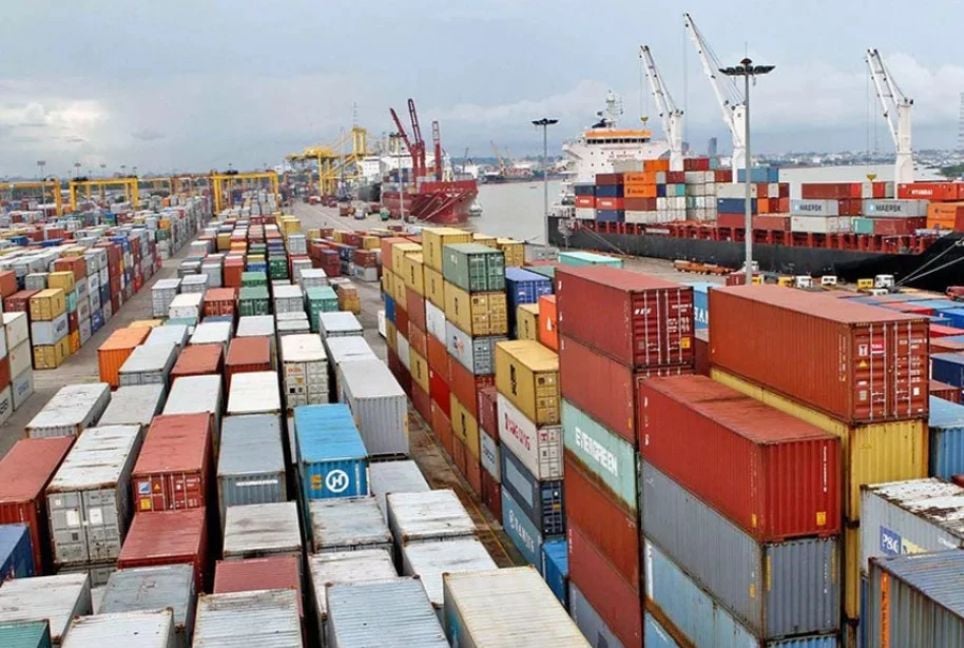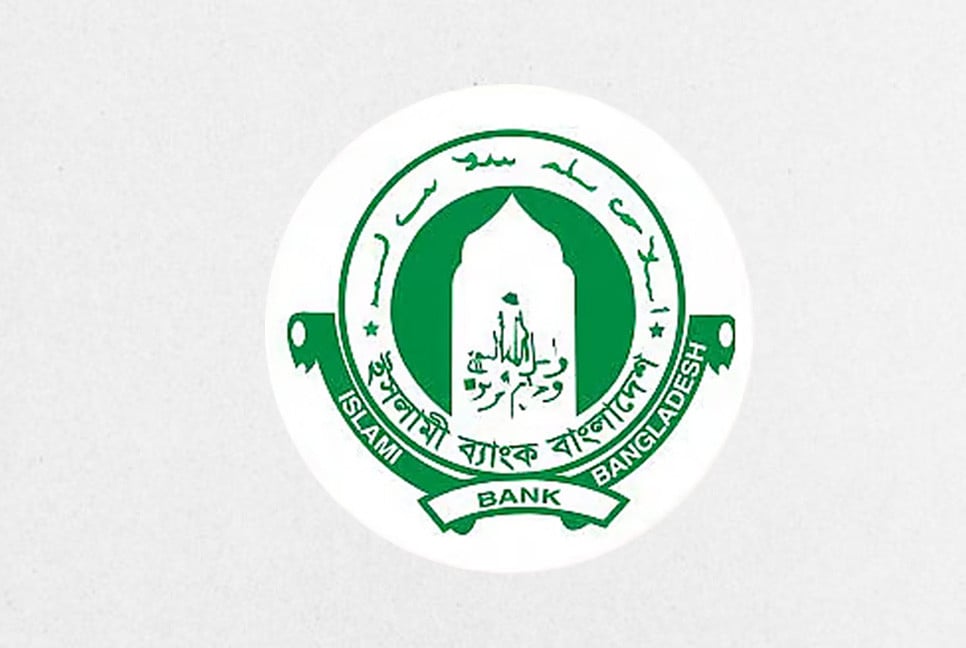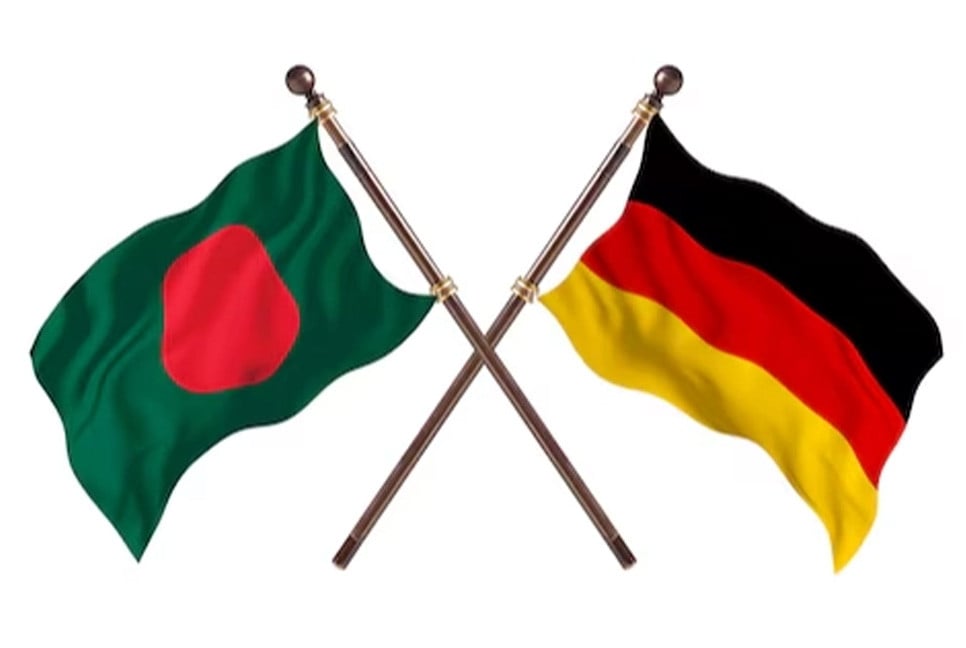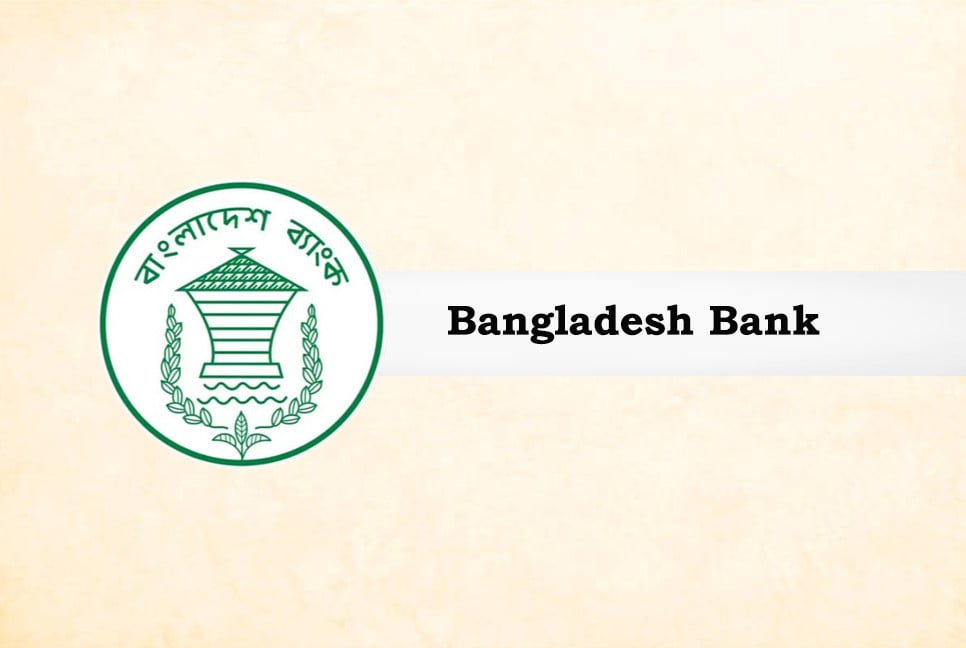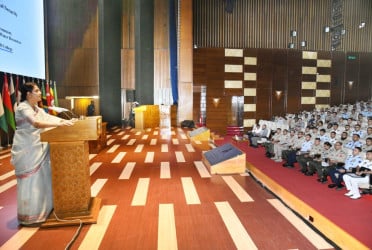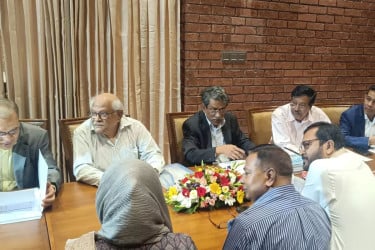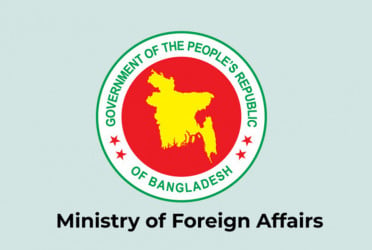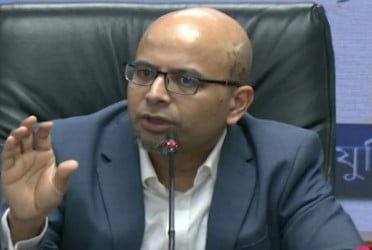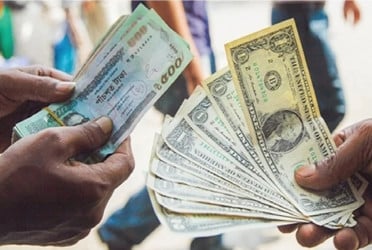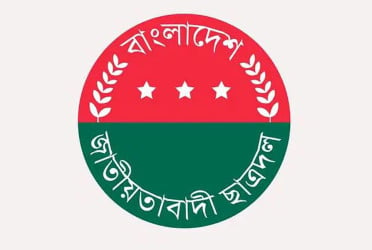The Interim Government of Bangladesh has taken significant steps to revive the nation’s once-thriving jute industry, often dubbed the "golden fiber." As part of this initiative, Bangladesh Bank has introduced special provisions to facilitate the repayment of outstanding loans in the jute sector. Moreover, efforts are underway to promote jute products as an eco-friendly alternative to plastic, supporting the government’s plan to phase out plastic for environmental protection.
However, industry insiders contend that, in addition to jute, other key sectors such as paper, cement, and steel also need substantial support from the government and financial institutions to restart shuttered factories. Without this, it will be difficult to sustain the nation’s economic growth and employment opportunities.
Globally, demand for jute continues to rise, with Bangladesh earning a record $1.16 billion from jute and jute product exports in the 2020-21 fiscal year. The versatile use of jute, both domestically and internationally, has sparked optimism among farmers, who hope for a revival of the industry’s golden era. Around 50 varieties of jute fabric are exported to colder regions, further enhancing the sector’s prospects.
Nevertheless, the closure of hundreds of jute mills, along with challenges in the paper, cement, and steel industries, has led to an economic slump. The Bangladeshi Taka’s devaluation, from 80 to 122 per dollar, has increased the cost of importing raw materials. This, combined with an overall economic slowdown, has inflated production costs. Additionally, a downturn in the construction sector has reduced demand for products from these industries, leading to factory closures. Many industrialists have struggled to meet their loan obligations, further deepening the crisis.
In response, Bangladesh Bank issued a directive on November 14 to restructure overdue loans in the jute sector, extending the repayment period to 10 years. The new policy also provides a two-year grace period (up from one year) and requires a 1.5% down payment. Commercial banks are tasked with ensuring that these benefits are passed on to the jute industry.
Earlier, on January 4, the Ministry of Finance issued an order requiring jute sector loans to be consolidated into a block, with the same 10-year repayment plan and grace period extension. The relevant banks have begun implementing this policy.
To further boost exports, training programs are being launched to support women entrepreneurs in the jute sector, helping them increase their skills and market access both domestically and internationally. A Tk 31 crore project has been initiated to enhance marketing efforts.
Meanwhile, the cement industry has been facing challenges, particularly since large-scale construction projects were halted on August 5, from unions to city corporations. As a result, the industry's growth has slowed from an annual rate of 10-12% to just 4-5% in the last four months.
The Bangladesh Cement Manufacturers Association (BCMA) reports that the country has 30 major cement companies, with 40 factories producing 4 crore tonnes of cement this year. However, demand has only reached 3.11 crore tonnes, representing a 2.5% decrease in cement sales compared to 2023.
In 2023, companies produced 38.5 million tons of cement, while in the same period from January to October 2024, production dropped to 31.8 million tons. This represents a 2.5% decline in cement sales compared to 2023. However, according to company statistics, 27.2 million tons of cement were sold from January to October 2024, down from 38.3 million tons in the same period of 2023. This marks a nearly one-third reduction in sales. In 2022, sales were 38.5 million tons, and in 2021, they reached 39.1 million tons. A similar trend was observed in the steel industry.
Similarly, the steel industry is grappling with a crisis. According to the Bangladesh Steel Manufacturers Association (BSMA), while 20-30% of the raw materials for steel production are sourced locally, the remaining 70-80% must be imported at higher prices due to fluctuating exchange rates and instability in China’s market. These factors have driven up production costs, and with a decrease in construction activity, steel sales have halved.
Steel industry entrepreneurs are calling for short-term loans to be converted into long-term facilities, as well as a 50% increase in loan facilities to boost purchasing power. They also urge for government policy support to help the sector navigate current challenges.
As industries such as jute, paper, cement, and steel struggle to remain viable, comprehensive support from both the government and the banking sector is essential to their revival. Such measures would not only stabilize the economy but also protect the livelihoods of millions employed in these critical sectors.
Translated by: Jisan Al Jubair
Bd-pratidin English

